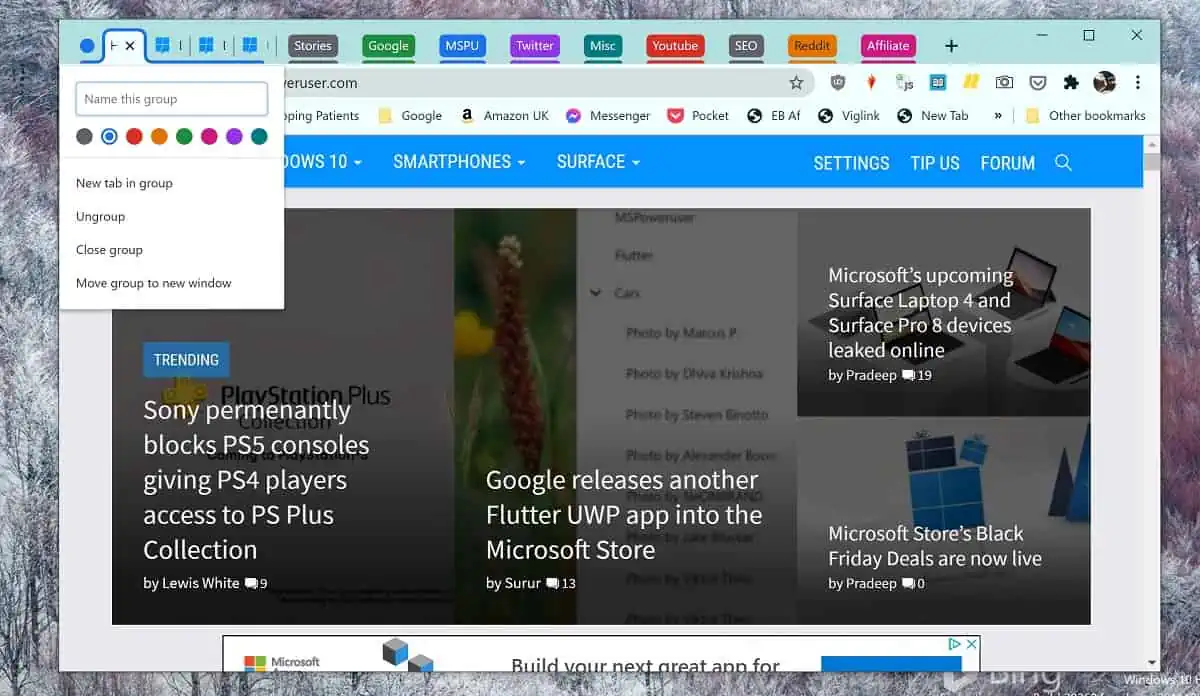Microsoft aims to map the whole world in 3D using the HoloLens (patent)
3 min. read
Published on
Read our disclosure page to find out how can you help MSPoweruser sustain the editorial team Read more

One of the best features of the Microsoft HoloLens is placing virtual objects firmly fixed into a real space and finding those objects still in the same place when you leave and return.
This impressive ability, which gives virtual objects some real-world permanence, is due to the HoloLens creating a spacial map of an area the first time you enter it, and then using that data to fix objects in space in relation to its environment. The map is stored on the device and then recalled when you re-enter the area.
In a 2017 augmented reality patent, Microsoft proposes to speed up the tedious process of the first scan by storing the results online and then sharing it with other HoloLens owners, meaning instead of having to recreate the surface map each time a new user enters an area they could simply access an existing one.
The patent notes:
The computer interface is configured to receive a plurality of local 3D models of a part of a real-world environment, each having been generated by a different augmented reality device when located in the real-world environment. The global model generation module is configured to combine the local 3D models to generate a global 3D model, and to transmit at least part of the global 3D model to a device remote from the real-world environment. The global 3D model represents a greater portion of the real-environment than any of the local 3D models individually. This allows the remote device to explore and augment a virtual version of the real-world environment remotely. The augmentation sharing model is configured to receive rendering data from the remote device, and to transmit the rendering data to an augmented reality device when the augmented reality device is located in the real-world environment. The rendering data is for use in rendering a virtual object at the augmented reality device in the real-world environment.
The patent does not specify whether the data would be available publicly, or would remain inside an organization, but such a system would, of course, be extremely powerful and useful if it was very vast, shared globally and updated regularly by new HoloLens owners visiting an area.
The patent also notes that rendering virtual objects can also be offloaded to servers online, something which is already available as a feature of the HoloLens SDK.
Microsoft is currently pushing the HoloLens more prominently into enterprise and more markets around the world, which is hopefully a sign that the next version of the device will not be too far away.
The patent can be seen at the USPTO here.
Via Declassified.com









User forum
0 messages